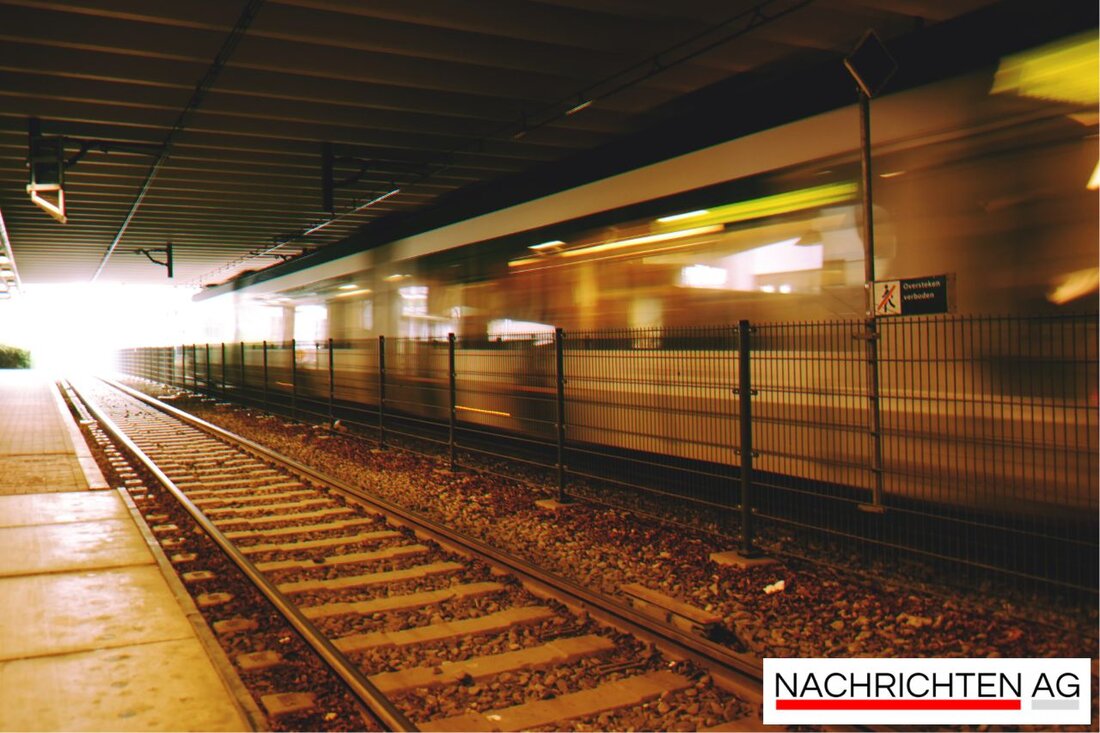Decision on Brenner route: Aßling faces historical conflicts!
In Ebersberg there are conflicts over the northern flow of the Brenner. Citizens' initiatives are calling for environmentally friendly solutions and noise protection.

Decision on Brenner route: Aßling faces historical conflicts!
There is a lot of activity in the picturesque community of Aßling in the Ebersberg district. The planned expansion of the Brenner northern inlet brings both supporters and critics onto the scene. How Mercury reports, there are two citizens' initiatives with opposing views when it comes to the future of transport in the region.
The initiative, which is campaigning for the “Limone” route, wants to reach the Brenner Base Tunnel with two new tracks and has an impressive 1,600 supporters behind it. This route envisages a bypass to the west of the town and could even partially run in a tunnel. In contrast, the citizens' initiative “Brennernordzulauf Landkreis Ebersberg” vehemently rejects the route variant and can rely on 269 supporters. This initiative also receives political support from prominent CSU politicians. District Administrator Robert Niedergesäß, State Parliament Member Thomas Huber and Bundestag Member Andreas Lenz clearly make the position of their voters clear.
A hot topic: noise protection and transport connections
However, the discussion is not just about the route. How BNZ Ebersberg shows, the goal is to create efficient local transport that simultaneously improves noise protection and minimizes space consumption. The initiative is clear - it does not speak out against the Brennern north inlet, but rather calls for an environmentally friendly project that keeps the impact on residents, the landscape and nature as low as possible. Reference is made to the importance of optimized planning, which should accelerate a transport transition to rail.
Meanwhile, a disappointed community is wondering whether the “citizen route” that had already been decided was perhaps a wrong decision. The University of Innsbruck, commissioned by the railway, has assessed the alternative route through Aßlingen train station as more expensive and unfavorable for residents. Forecasts already predict an increase of 420 trains daily from 2040, further increasing concerns about noise pollution among citizens.
Common demands and future developments
The citizens' initiative “Brennernordzulauf Landkreis Ebersberg” has clear core demands, which include, among other things, a reassessment of the routes and ensuring the best possible noise protection measures. The redesign of Aßling train station, which should be barrier-free and modern, is also up for debate. The aim is to design it without a passing track and to save space, but at the same time offer residents maximum protection through new noise barriers.
Thomas Huber not only advocates for noise protection in political committees, but also calls for the station to be renovated in order to meet the needs of today. In view of the various resolutions in the Ebersberg district council and the state parliament that support the alternative route, there could be decisive changes in the near future. At some point in the winter, the Bundestag will decide what to do next.
The citizens of Aßlingen are faced with one of their most fateful decisions of the 21st century. The pressure is growing, and the different opinions make it clear that a lot of persuasion still needs to be done.

 Suche
Suche
 Mein Konto
Mein Konto